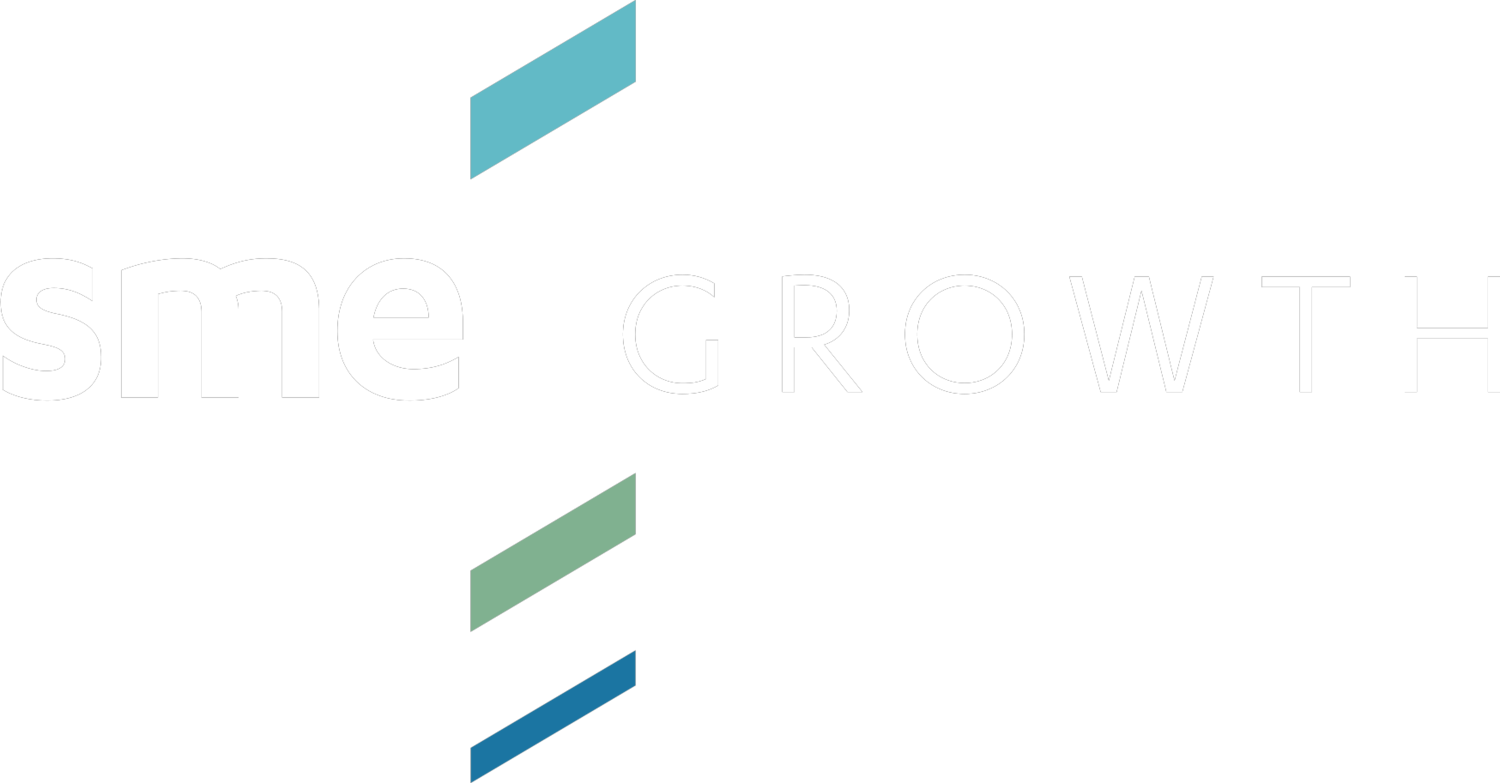
Defining Target Audience Profiles
Creating detailed profiles of your ideal target market or target customers is an important starting point to gaining more efficiency from your advertising, marketing and sales activity.
When it comes to having a clearly defined target audience, many businesses simply haven’t made the effort. They work on gut feel, a rough idea, or worse, believe that anyone and everyone is their ideal customer. For the vast majority of businesses, your audience is not everyone (or even most people). Yet, taking the time to understand and define who your optimal target customer is, will leave you in a much better position to more rapidly grow your business.

Determining the target audience profiles for your business
For many businesses, their ideal customer won’t simply fit one neatly packaged profile. Instead, there may be a few or many distinct profiles, each aligned to the product or service offering that they most typically purchase. The goal then, is to identify the various different audience types that make up your existing customer base, bundle them into clusters based around some key similarities, and then build out a ‘typical’ profile for each cluster. Bear in mind, that this should be done only for customers you would want to replicate. There’s little point in creating an audience profile for customers who you dislike working with and who only buy products when they’re on heavy discount.
What to include in an ideal target audience profile
There are many ways to write target customer profiles, and varying views on what exactly should be included within them. From our perspective, profiles should first and foremost be useful, which means they need enough information to help guide business decision making but, be concise enough to actually be used. With this in mind, here’s what we include in our target market profile descriptions:
A descriptive profile name. This provides common language so it’s easy for people to know who you’re wanting to target. An example could be ‘Career Juggling Mums’.
Basic demographic information. Age, gender, location, income, relationship status, number of children, home ownership status, etc.
Psychographic information. This might include typical hobbies, interests, world / family / political views, time commitments, aspirations, favourite products, brands, charities, etc.
A real life example. This is a paragraph or two that describes a single individual who might be typical of someone in this audience profile.
Media consumption habits. An outline of which media channels they most engage with, when, how long for etc.

What you can expect from our target audience profiling service
Development of clear target audience profiles requires a clear understanding of your product/service offering, how your offering compares to your competitors, your existing customers, and who among those customers you’d most like to replicate (and why). From there, clear profiles can be created that identify the exact audience that your business is ideally suited to work with.
Our approach to target audience profiling includes:
A review of your product / service offering including pricing, quality, consistency and satisfaction.
A review of your key competitor product / service offering.
A survey of your existing customer base.
Grouping of your customer base into key audience clusters. This may include recommending adding a new audience if appropriate.
Writing of a target audience profile for each identified customer market.
Is it time to define your ideal target audience?
We can help you to identify and define your ideal customers. To find out more, arrange a free chat with one of our team today.
